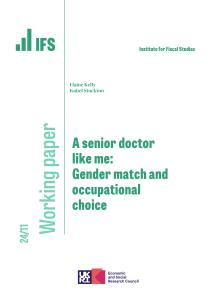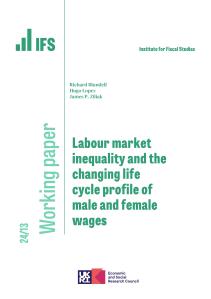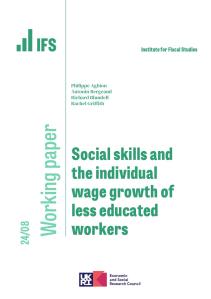Objective To examine the impact of nursing team size and composition on inpatient hospital mortality.
Design A retrospective longitudinal study using linked nursing staff rostering and patient data. Multilevel conditional logistic regression models with adjustment for patient characteristics, day and time-invariant ward differences estimated the association between inpatient mortality and staffing at the ward-day level. Two staffing measures were constructed: the fraction of target hours worked (fill-rate) and the absolute difference from target hours.
Setting Three hospitals within a single National Health Service Trust in England.
Participants 19 287 ward-day observations with information on 4498 nurses and 66 923 hospital admissions in 53 inpatient hospital wards for acutely ill adult patients for calendar year 2017.
Main outcome measure In-hospital deaths.
Results A statistically significant association between the fill-rate for registered nurses (RNs) and inpatient mortality (OR 0.9883, 95% CI 0.9773 to 0.9996, p=0.0416) was found only for RNs hospital employees. There was no association for healthcare support workers (HCSWs) or agency workers. On average, an extra 12-hour shift by an RN was associated with a reduction in the odds of a patient death of 9.6% (OR 0.9044, 95% CI 0.8219 to 0.9966, p=0.0416). An additional senior RN (in NHS pay band 7 or 8) had 2.2 times the impact of an additional band 5 RN (fill-rate for bands 7 and 8: OR 0.9760, 95% CI 0.9551 to 0.9973, p=0.0275; band 5: OR 0.9893, 95% CI 0.9771 to 1.0017, p=0.0907).
Conclusions RN staffing and seniority levels were associated with patient mortality. The lack of association for HCSWs and agency nurses indicates they are not effective substitutes for RNs who regularly work on the ward.











